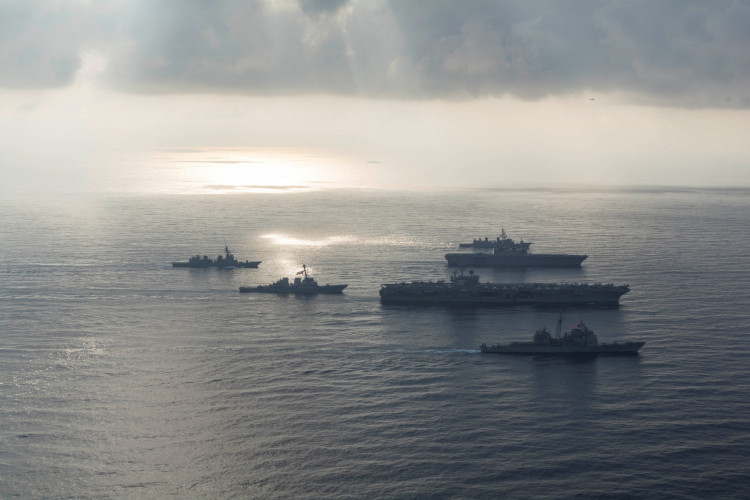In a first since the 1951 signing of the Mutual Defense Treaty, the United States has issued specific "bilateral defense guidelines" to the Philippines, outlining its commitment to defend the Southeast Asian nation in case of attacks in the South China Sea, including those targeting its coast guard. The six-page guidelines were agreed upon in Washington on Wednesday amid growing tension and maritime confrontation between the Philippines and China.
The guidelines come after Philippine President Ferdinand Marcos Jr. made a renewed push to update the defense treaty with the US, its former colonial ruler. The Philippines has filed numerous diplomatic protests in the past year against China's "aggressive" actions and threats towards its coast guard.
The guidelines explicitly state that the bilateral treaty commitments would be invoked if either party is attacked in the South China Sea, even if coast guard vessels are the target. The document also refers to modern forms of warfare, such as "grey zone tactics," which China has been accused of using to assert its sovereignty claims. However, China is not specifically mentioned in the guidelines.
The Pentagon said the guidelines "chart a way forward to build interoperability in both conventional and non-conventional domains," acknowledging that threats may arise in several areas, including land, sea, air, space, and cyberspace, and take the form of asymmetric, hybrid, and irregular warfare and grey-zone tactics.
Rommel Ong, former vice commander of the Philippine navy and a professor at the Ateneo School of Government, said the guidelines serve as a "warning" to China against targeting the Philippine coast guard. Julio Amador, head of the Manila-based think-tank Foundation for the National Interest, which focuses on strategic and security issues, stated that the security guidelines would likely "give China some pause."
China's foreign ministry said on Thursday that it opposes the use of bilateral defense treaties to interfere in the South China Sea, which "should not be a hunting ground for external forces."
The guidelines were released during President Marcos' visit to Washington this week, which included discussions with US President Joe Biden. Marcos also met with Defense Secretary Lloyd Austin, who assured him, "we will always have your back, in the South China Sea or elsewhere in the region."
Since President Marcos took office, ties with the US have strengthened. In February, he allowed the US military greater access to Philippine bases, a move that China criticized as "stoking the fire" of regional tension.






